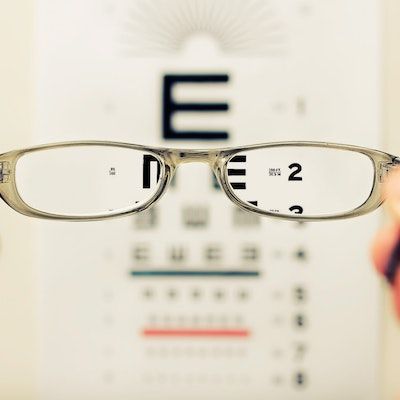Adults in US with Vision Impairment Reported Lower Access to Health Care Services
Adults with vision impairment had a lower prevalence of having health insurance coverage and a usual health care provider, and a higher prevalence of having an unmet health care due to cost.

A new analysis of the 2018 Behavioral Risk Factor Surveillance System survey indicated adults with vision impairment reported lower access to and use of health care than those without impairment.
The findings specifically addressed a lower prevalence of having health insurance coverage, a usual health care provider, and receiving dental care, as well as a higher prevalence of having unmet health care needs because of cost within the past year.
“These findings suggest that people with impaired vision face greater barriers to health care access and use than those without,” wrote study author Qi Cheng, PhD, MPH, Division of Human Development and Disability, National Center on Birth Defects and Developmental Disabilities, Centers for Disease Control and Prevention. “Results of our analysis may contribute to a further understanding of these barriers.”
Data from 2010 suggest approximately 4 million adults in the US aged 40 years or older had impaired vision, with the number expected to increase with the aging of the population and an increase in chronic conditions that lead to vision impairment. Prior studies of individuals with impaired vision often focus on access to and use of vision care, but there remains a need to better understand how they use general health care services.
Citing gaps in both understanding this access and disparities in access, the study looked to describe the prevalence estimates of various measures of access to and use of general health care among US adults with and without impaired vision. It analyzed data on adults aged 18 years or older who participated in the 2018 Behavioral Risk Factor Surveillance System.
Self-reported visual impairment was characterized by a yes response to the question “Are you blind or do you have difficulty seeing, even when wearing glasses?” Those who replied “don’t know/not sure” or “refused” or had mission data were excluded from the study.
The survey additionally assessed health care access over the past year, with measures including having health insurance coverage, a usual health care provider, or unmet health care needs because of cost. Then, health care use was measured by 2 variables, including having a routine checkup and having a dental visit.
Among the surveyed adults (n = 437,436), a total of 23,545 reported having vision impairment and the weighted prevalence of vision impairment was 5.3% (95% CI, 5.1% - 5.4%). The respondents more likely to report having vision impairment were 45 years and older, women, Hispanic, non-Hispanic Black, and living in lower income households.
In addition, compared to those without vision impairment, individuals with impaired vision had a higher percentage of fair or poor general health, current cigarette smoking, and not engaging in leisure-time physical activity. Having ≥1 disability was reported by a higher proportion of individuals with vision impairment (68.2%), compared with those without vision impairment (23.2%).
Moreover, measures of health care access differed by vision impairment status, according to investigators. Compared with adults without impaired vision, individuals who indicated vision impairment had a lower prevalence of having health insurance coverage (80.6% vs. 87.6%), a usual health care provider (71.9% vs. 75.7%), and a higher prevalence of reporting cost as a reason for unmet health care need (29.2% vs. 12.6%).
Cheng and colleagues saw no difference in the receipt of a routine health checkup in the past year between respondents with or without vision impairment (75.6% vs. 75.2%). However, approximately half of adults with vision impairment (52.9%) reported they had a dental visit in the past year, which was lower than those without vision impairment (67.2%).
“Our study considered broad associations, whereas future studies could examine how specific factors interact with characteristics of vision-impaired people,” Cheng added. “Understanding how such factors are associated with barriers to access and use of health and dental care among people with vision impairment requires further study.”
The study, “Health Care Access and Use Among Adults With and Without Vision Impairment: Behavioral Risk Factor Surveillance System, 2018,” was published in Preventing Chronic Disease.